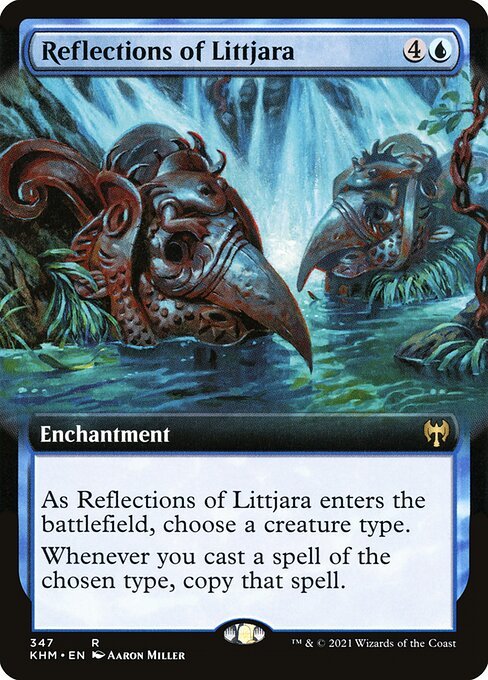


This was due to Ryu Kokki being particularly powerful against decks that focused on warriors, a deck type that rose to the top of the meta after the September 2005 Forbidden/Limited List made the more generic Goat Control and Chaos decks of the past year less playable. While this card came out in the booster set after Vampire Lord, it didn’t see the same level of use, only becoming more widespread in Zombie decks near the end of 2005. The other major high level Zombie that saw use was Ryu Kokki. It was most common at the time to call Spell upon activating Vampire Lord’s effect as all of the most powerful spells of the format, outside of Scapegoat, Book of Moon and Metamorphosis, were Limited to one copy each. It’s on damage effect was especially potent during the 2005 Goat format because of the deck building trend towards only using 1 copy of most cards, whether by choice or because they were Limited. With its 2000 ATK and ability to bring itself back from the Graveyard unassisted as well as generate further advantage when it inflicted damage, Vampire Lord was an absolute staple for all early Zombie decks. The most used of these powerful monsters was Vampire Lord. The ability to get out extremely powerful monsters without using up resources was the first major factor in why Zombies had a competitive edge.

Unlike the basic attribute floaters like Mystic Tomato, Pyramid Turtle could Special Summon almost any of the main Zombie monsters in use at the time, including those that would otherwise require a tribute to summon. While floating monsters such as Mystic Tomato and Shining Angel had seen competitive play for some time, Pyramid Turtle took this a step further. Regardless, there were a core of cards shared by almost all Zombie decks used in 20. The Forces of the UndeadĪlthough Zombies had specific support, this support was much narrower and more generic than later dedicated archetypes would be. However, once the introduction of the Forbidden happened, the competitive scene opened up to the possibility of more diverse decks being able to be played. While they wouldn’t leave too huge of a mark on the pre-Forbidden List meta, the Zombie deck definitely saw play at regionals and as a side deck engine in the normal Chaos decks of the time. Zombies worked well within a meta defined by Chaos decks because of their combination of powerful Dark monsters and ability to deal with the Graveyard. The thing that would push Zombies over the edge into the meta was the release of the infamous Chaos monsters. While the support in this set would lay the groundwork for Zombie decks going forward, the deck didn’t start seeing competitive play quite yet. This was followed up in the next booster set, Pharaonic Guardian, with the first dedicated support for Zombies. The set contained the first wave of dedicated type based support.

This changed with the release of Legacy of Darkness in early 2003.
#Standard deck zombie card game simulator full#
The early booster sets released in the TCG were full of a variety of largely unrelated cards.


 0 kommentar(er)
0 kommentar(er)
